
We have begun to plant out the raised vegetable gardens. Lettuce, carrots, spinach, , and parsley seeds have been sowed, plus the onion sets planted out.
For the onion sets, parsley, and kale bed, I netted the hooped beds - the netting keeps the soil a little warmer and also serves as a barrier for goose and emu.
Regarding emu - Gizmo may be "top dog" - but no dogs were harmed making this video. (Gizmo the emu is super gentle; he just like to act "tough."
The actual dogs, however, get the heck out of his way.
This year, I started my tomato seeds in the AeroGarden in two different batches, spaced two weeks apart. The first set was planted on February 13th, yielding eleven re-potted plants two weeks later. Those plants then went into the greenhouse with grow lights setup with a timer. I like 16 hours with lights and 8 hours off. The second batch of tomatoes is still in the AeroGarden.
Grow lights are not an expensive set-up and I have used them in the house successfully as well. The total cost for me was $50 for the double lights and timer. The bulbs that plug into your lighting system can be had for as low as nine bucks each, which makes a system with a timer about $25.

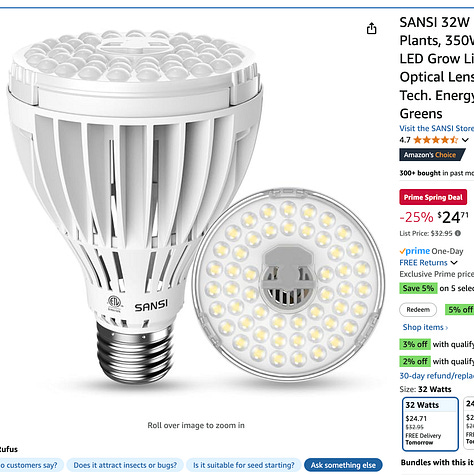
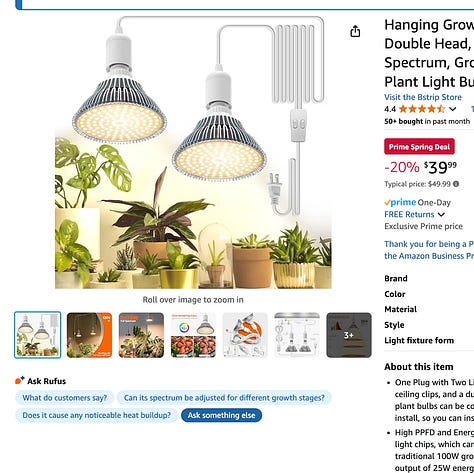
The timer is super simple and can be plugged into any outlet. These set-ups are great for citrus plants that have been brought into the house for the winter as well as indoor plants that like a bit more light. The timer looks like this;
These are what the tomato plants look like now .Note: the light green color is a product of the grow light- the actual plants are all a dark, leafy green. They are ready to plant out next week.
So, I now have 15 unusual varieties of tomatoes. I used Amazon to obtain the seed - as the small sellers have a lot more varieties, including sets of seeds like the one I bought below.
Out here in rural America, Amazon has become a go-to shopping place, and for good reason. Furthermore, Amazon allows small businesses to market their unique products, so it is excellent for both buyers and sellers. Yes, retail stores are shuttering because of Amazon; I get that. But where I live, the big box stores are at least a 20-minute drive away, and Home Depot is a good 45 minutes away. So, everything is a tradeoff.
Germination of the tomatoes was around 100%. I now have to pinch off some of the excess plants, as more than one seed sprouted per pot.
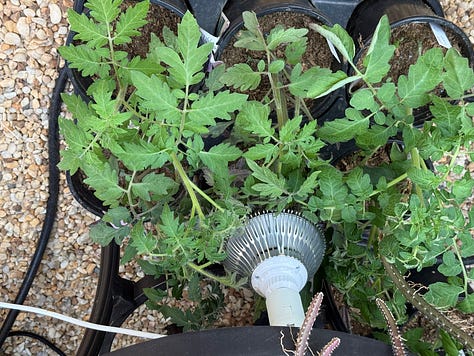
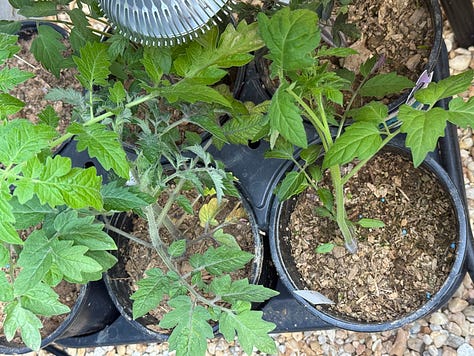
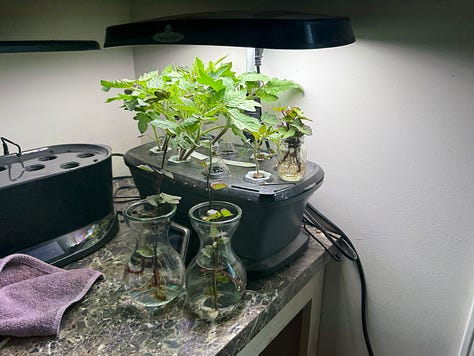
In total, I have eight San Marzano plants, which represent about half of my tomato plants -as I intend to use an intensive pruning and trellis method to grow these tomatoes - I want uniformity in the plants for the trellis. The San Marzano tomato is a variety of plum tomatoes originating in the Campania region of Italy. This variety has a rich flavor and is excellent for preserving, as it has a firm, fleshy fruit, and thick skin. The goal is to freeze the whole or halved fruit. I also like to freeze whole cherry tomatoes, which are the perfect size to go whole into stews, Mexican food, and chili. We go through a lot of tomatoes, so I am excited about more into the freezer than last summer, as we have already gone through the thirty pounds that I froze last year. We will also dehydrate some and cook some down for paste.
Being in Italy this month, I remembered how good truly sun-ripened tomatoes are on everything.
Growing tomatoes can be hit or miss - here are some of the things I try to remember:
Plant tomato stems deeply to develop stronger roots and withstand the weather.
Remove lower leaves when plants grow tall to prevent disease.
Pinch off side shoots so plants can focus on growing fruit.
Add mulch to retain moisture and protect against soil diseases.
Use determinant varieties for raised beds and container gardening.
Support your tomatoes with stakes or cages to keep them upright. Use twine to tie them onto the supports, if needed.
Space plants apart, which allows for better sunlight and airflow.
Water at the base to avoid splashing leaves and cracking. Also, remember to water regularly and more often when the days get really hot.
Water deeply and slowly to nourish the roots.
Plant tomatoes in full sun, if possible.
Add some Epsom salt to the soil every few weeks for healthy growth.
Plant marigolds nearby to repel pests and protect roots.
Grow garlic near tomatoes to boost flavor and reduce fungi.
Use a thin layer of wood ash to stop slugs and other moist pests. We have saved our wood ash over the winter for this purpose.
Hand-picking and disposal of slugs at night is gross but effective.
Consider beer traps.
Use copper strips to keep slugs and snails away.
Later in the season, check daily for tomato caterpillars. Then, I pluck them off the vines and kill them (I throw them to the chickens). If all of the sudden, your tomato plants are missing a massive number of leaves, with leaves chewed up - it is most likely a tomato caterpillar.
Around here, mid-April is the perfect time to get the early tomato plants outside. But if one can, plant a couple of plants every other week or so, up until late June for a continuous harvest from July until deep into the fall.
Last year we had a bumper crop of sweet potatoes, which we do eat some of, but often just cook them up for the chickens and the dogs. As the old tubers sprouted, we cut off the sprouts at the base and put them into jars of water. They then form roots and are now ready to be planted out.
The sprouts when first put in water:
Two or three weeks later:
This is an excellent project for kids to participate in. For those that are a little older, they can pretty much do it themselves.
We picked up six more thornless blackberry plants at a decent price this week, which will be planted in front of the house. This area has been a bit of a disaster, as we have tried for six years to get blue-rug junipers to spread. But each year, the weeds overtake the plants, and the sun is too hot and humid here for them to thrive. So, we are giving up and going to create a planted bed - with perennials, evergreens, and many edible plants mixed as well. So, more blueberries, blackberries, and dwarf peach trees will be planted. We will add in nandina, black-eyed susans, and pyracantha as the season progresses and we find suitable plants at the local nurseries.
Building the flow bee hive has been a major project over the past week. But it is almost done. Due to our busy schedule, we went with the flow hive and now have a colony of bees on order for mid-April.
The naughty Christmas colt named Valor got a new halter yesterday. He is a mischievous one!
The sage that winterized in the greenhouse is thriving, she will go back outside soon enough!
The wasabi will most likely continue living in the greenhouse, as it is very happy.
The lemon and lime trees have so many blooms this year!
Malone News is a reader-supported publication. To receive new posts and support our work, consider becoming a free or paid subscriber. We are deeply grateful to the decentralized network of paid subscribers that enables us to continue doing what we do to support freedom.
More spring photos from the farm:
The chicken coop and cherry trees
The coop is netted on the top to stop the hawk predators.
The apple trees are just starting to bloom.
The dwarf bonfire peach is a favorite of ours - this tree is excellent for small gardens, as it is a tiny tree! The leaves are a brilliant reddish color.
Today is a day of more farmwork and gardening.
I have a 30 x 140-foot old paddock that we have moved a lot rotted manure into. I will rototill that composted manure into the soil today, and then we will try our hand at a small wheat crop.
Jill plans to get the raspberries in the ground, prep more raised beds, and cleam up the patio area.
So - hey, ho, hey, ho - it’s off to work we go!
<Word on the street is that the new Disney version of Sleeping Beauty may be the stinker of the decade - just best to keep your kids and grandkids far, far away from that wokist piece of work and just stick to the original!>
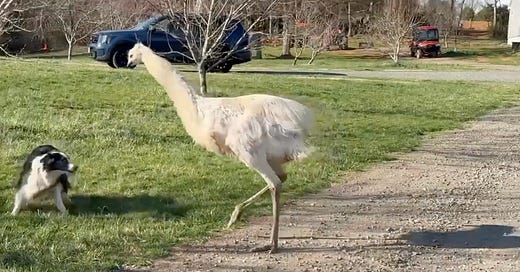



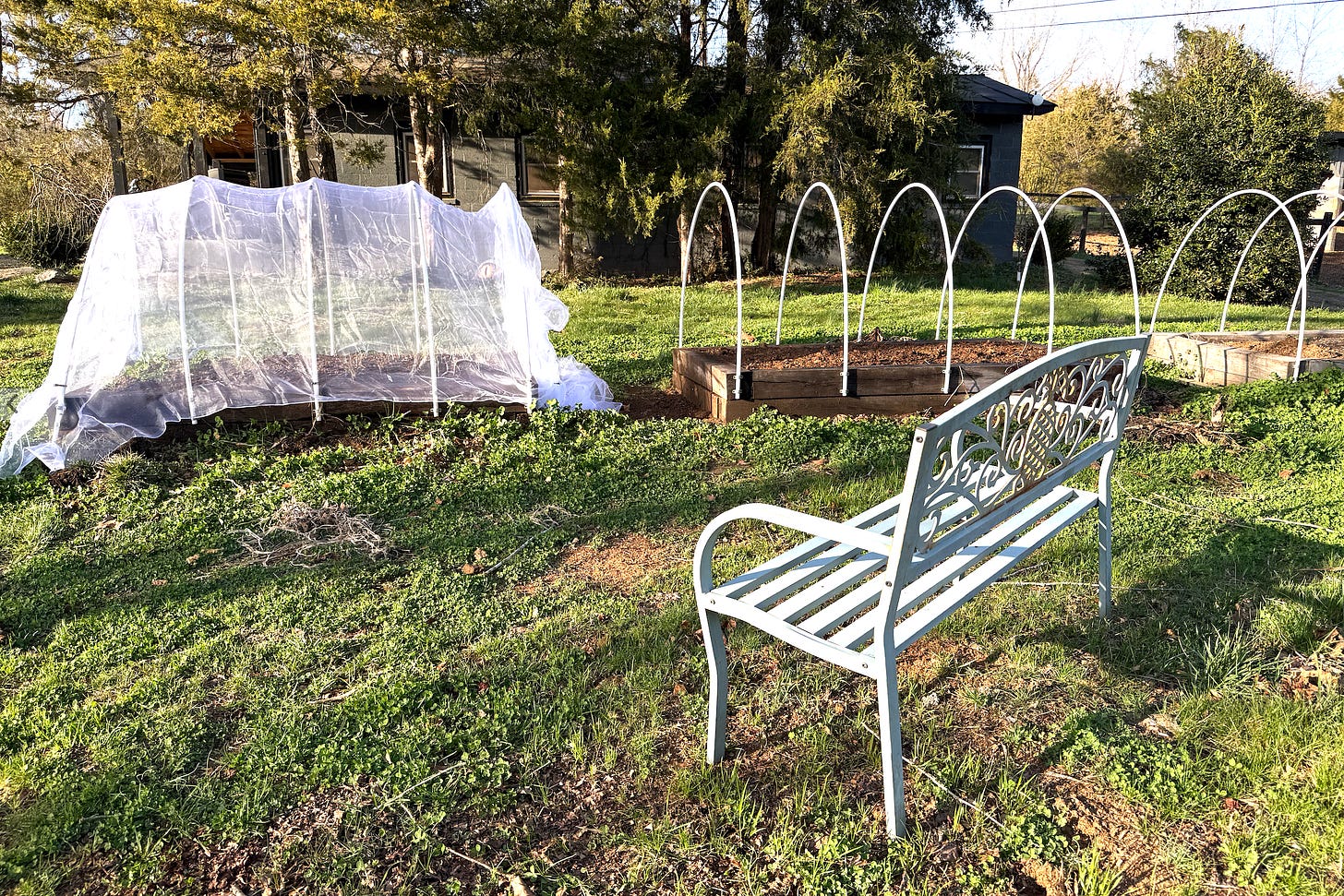


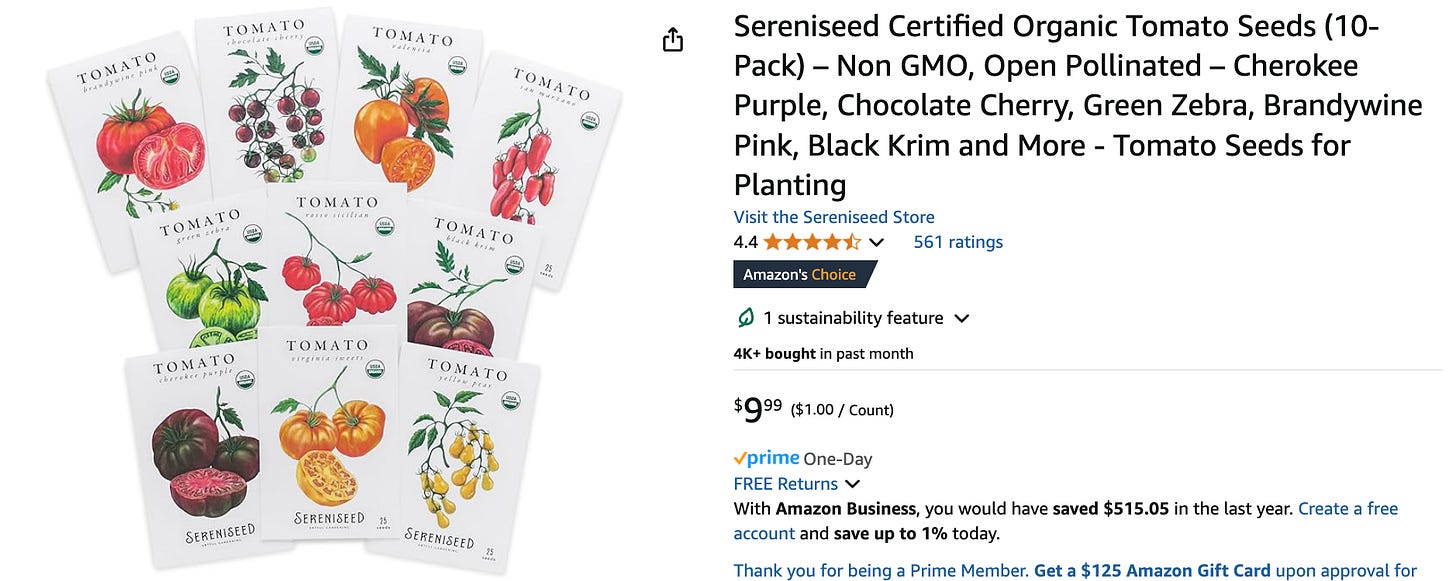
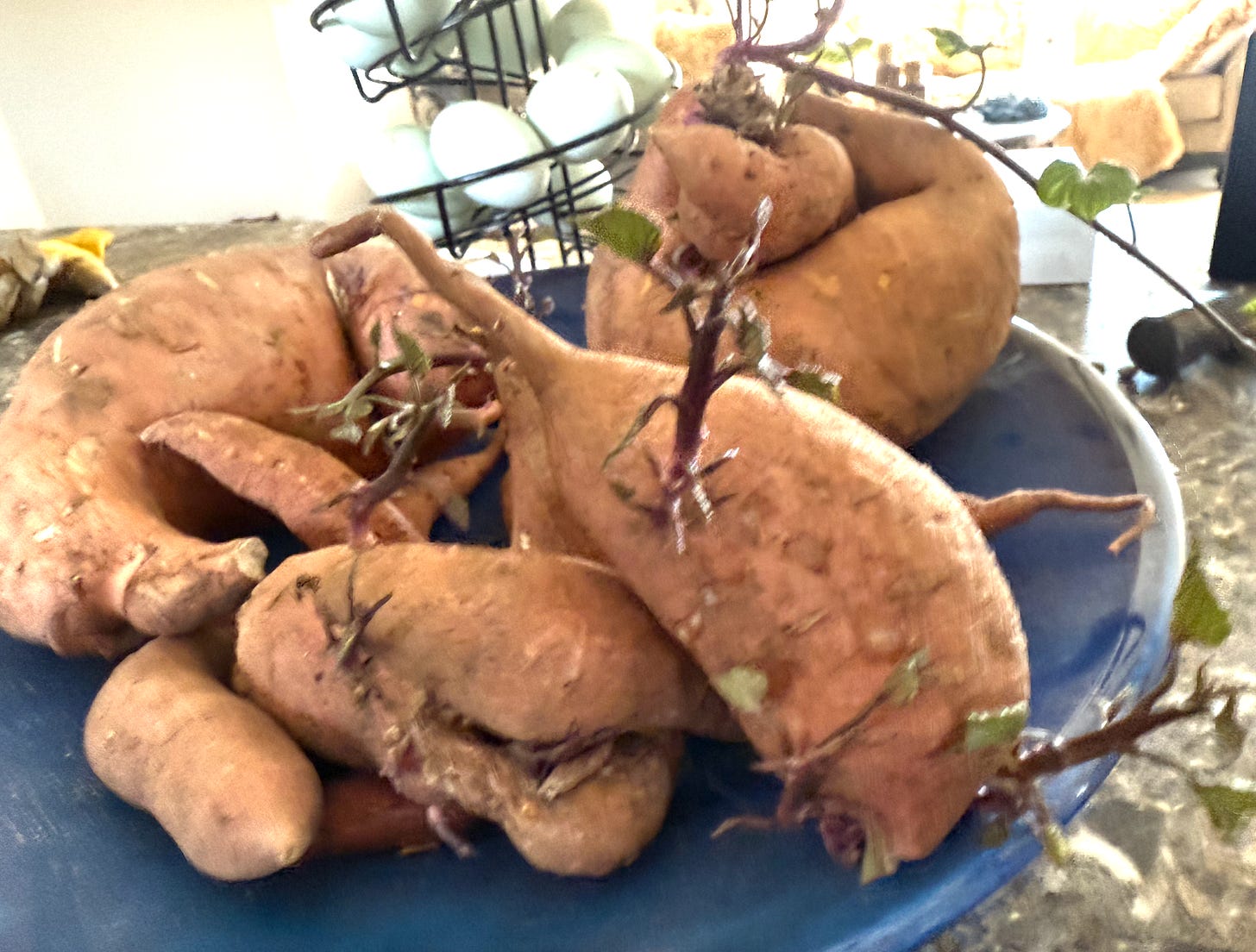
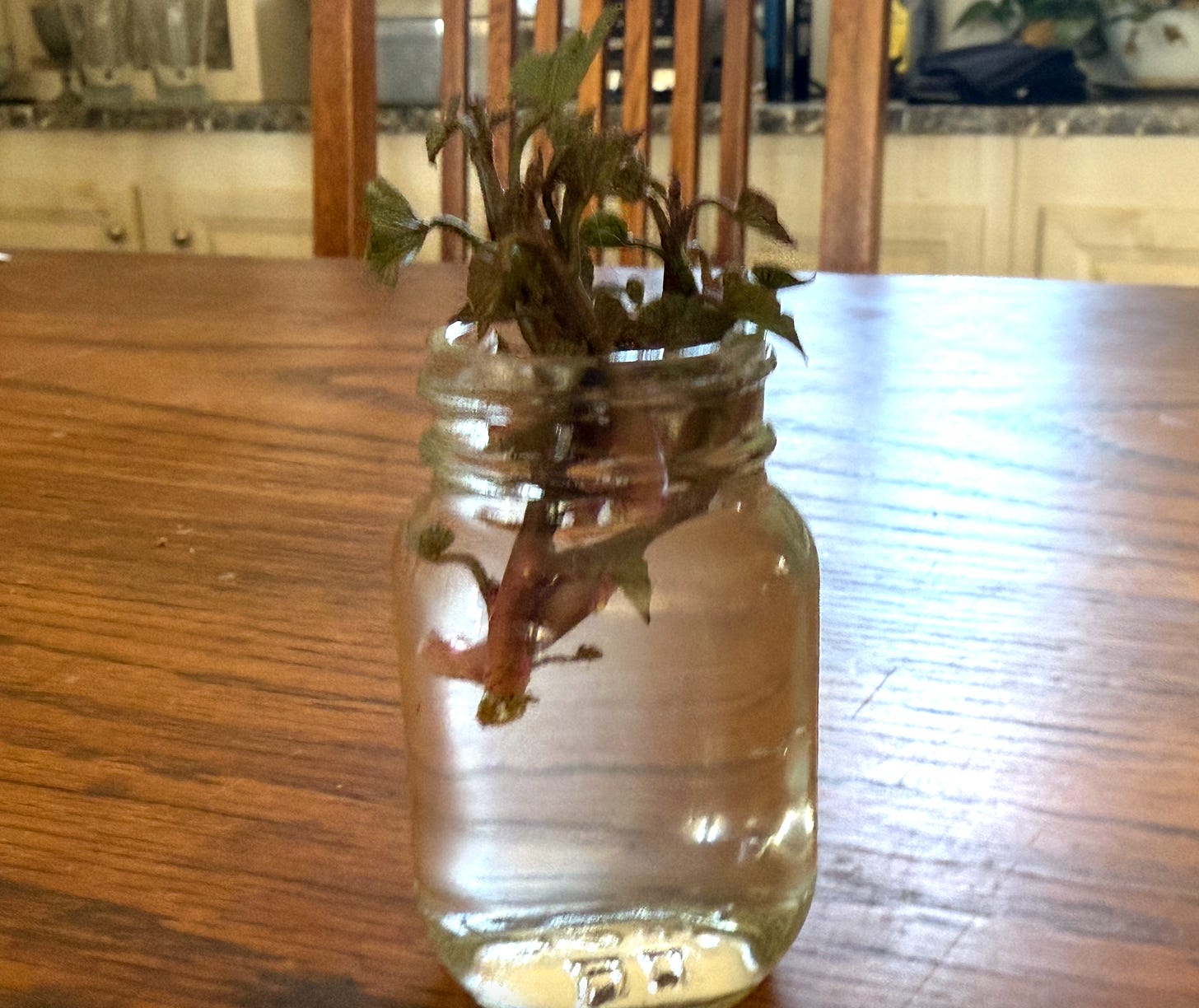
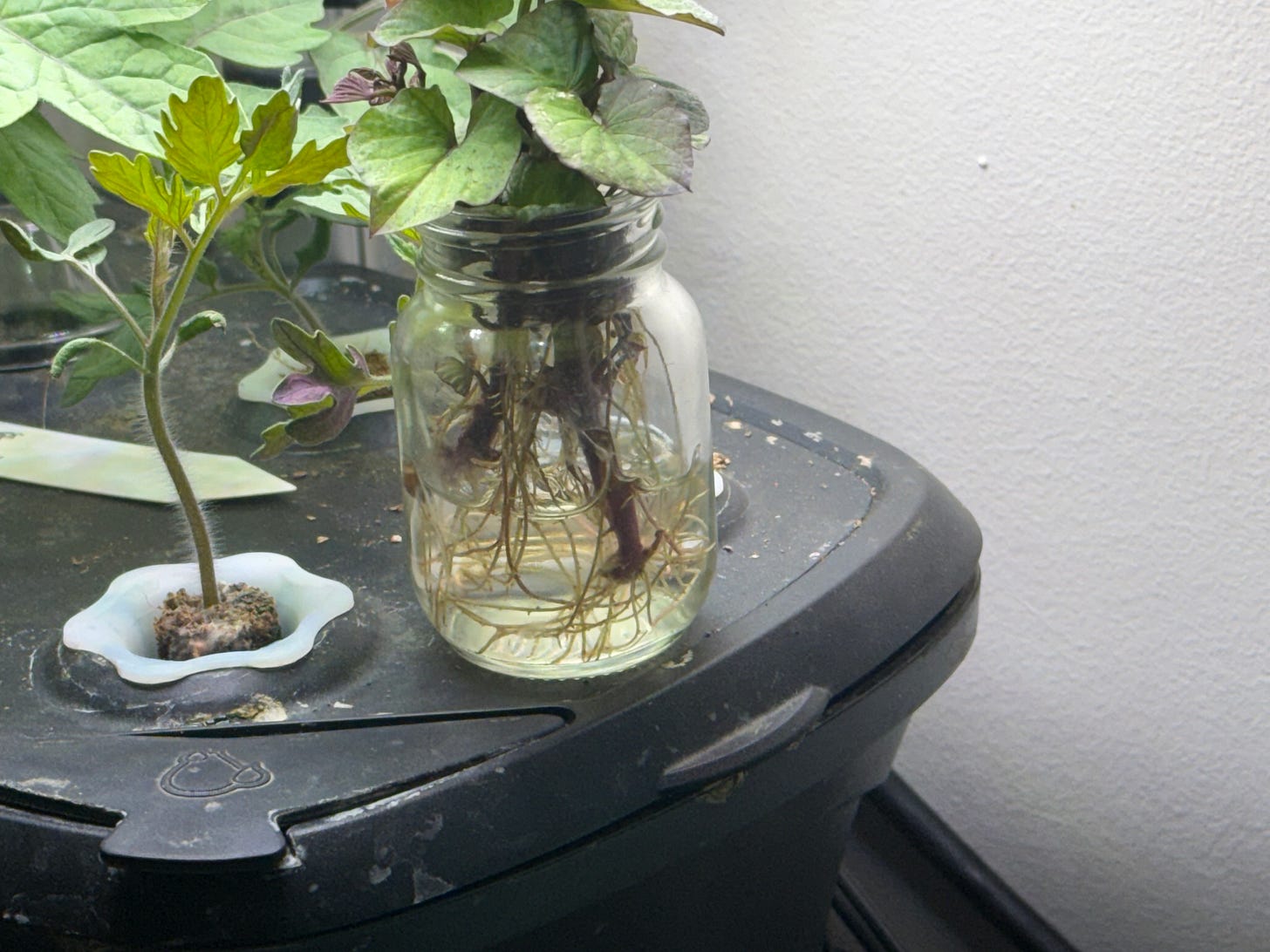
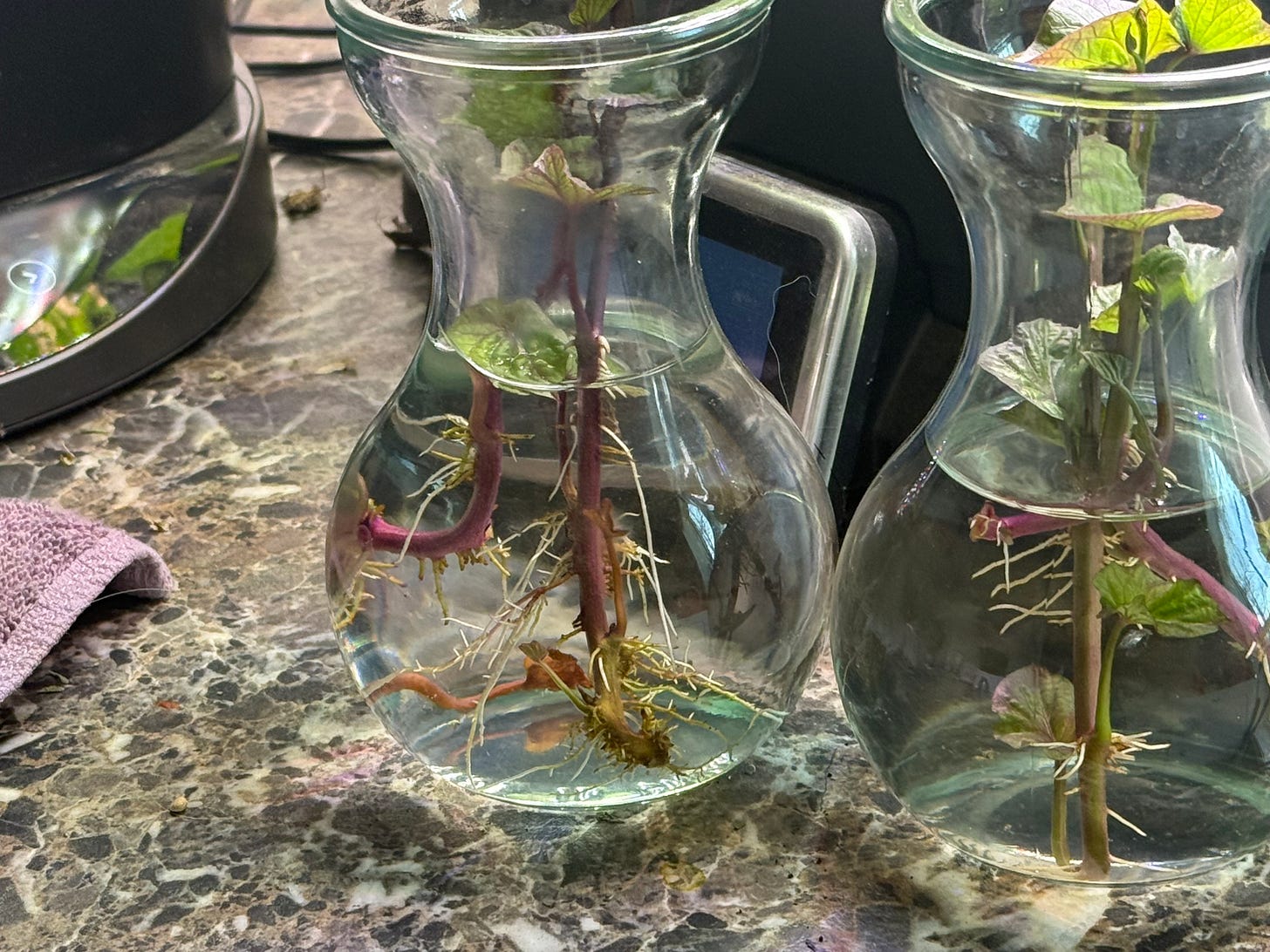

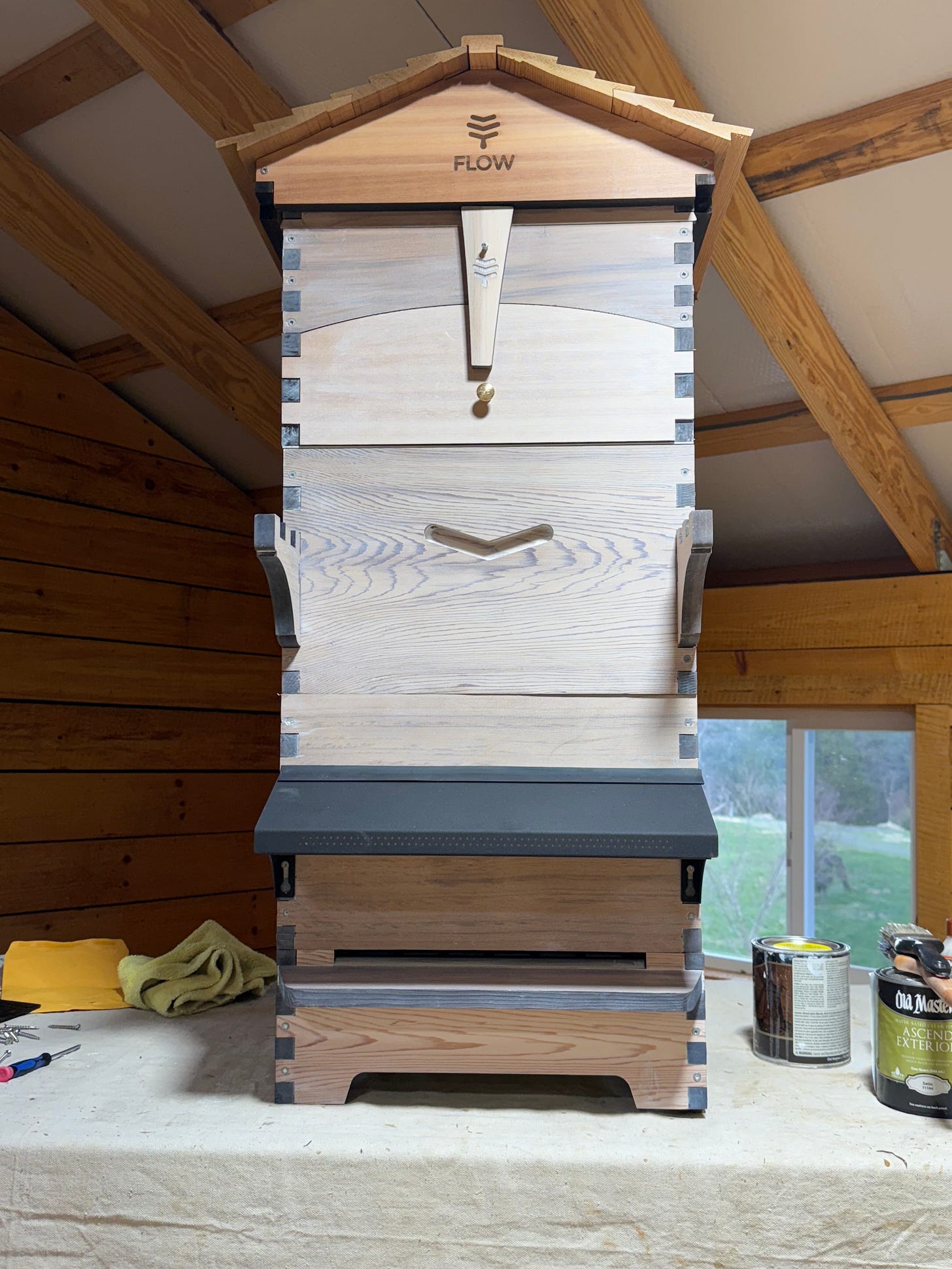
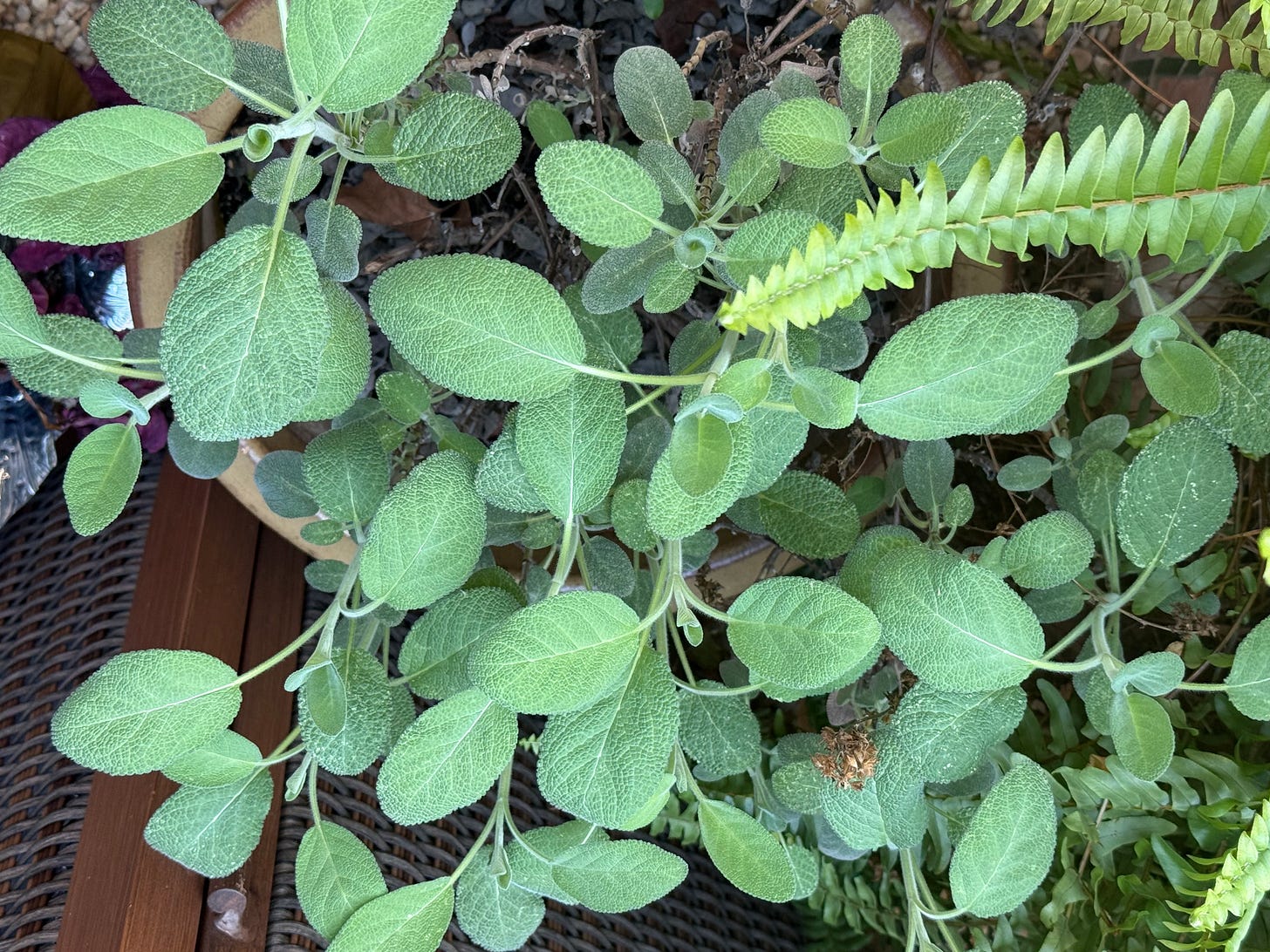
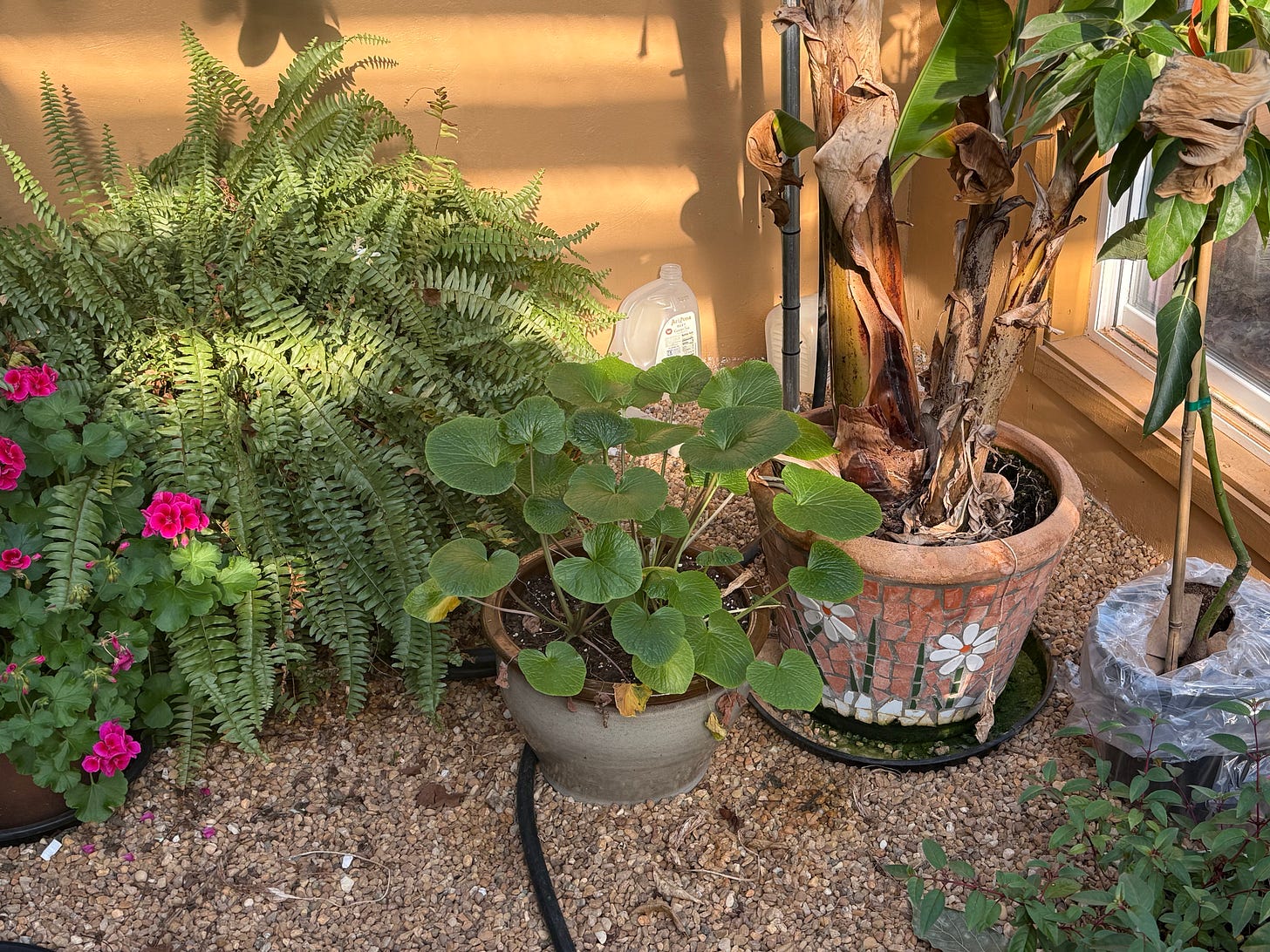
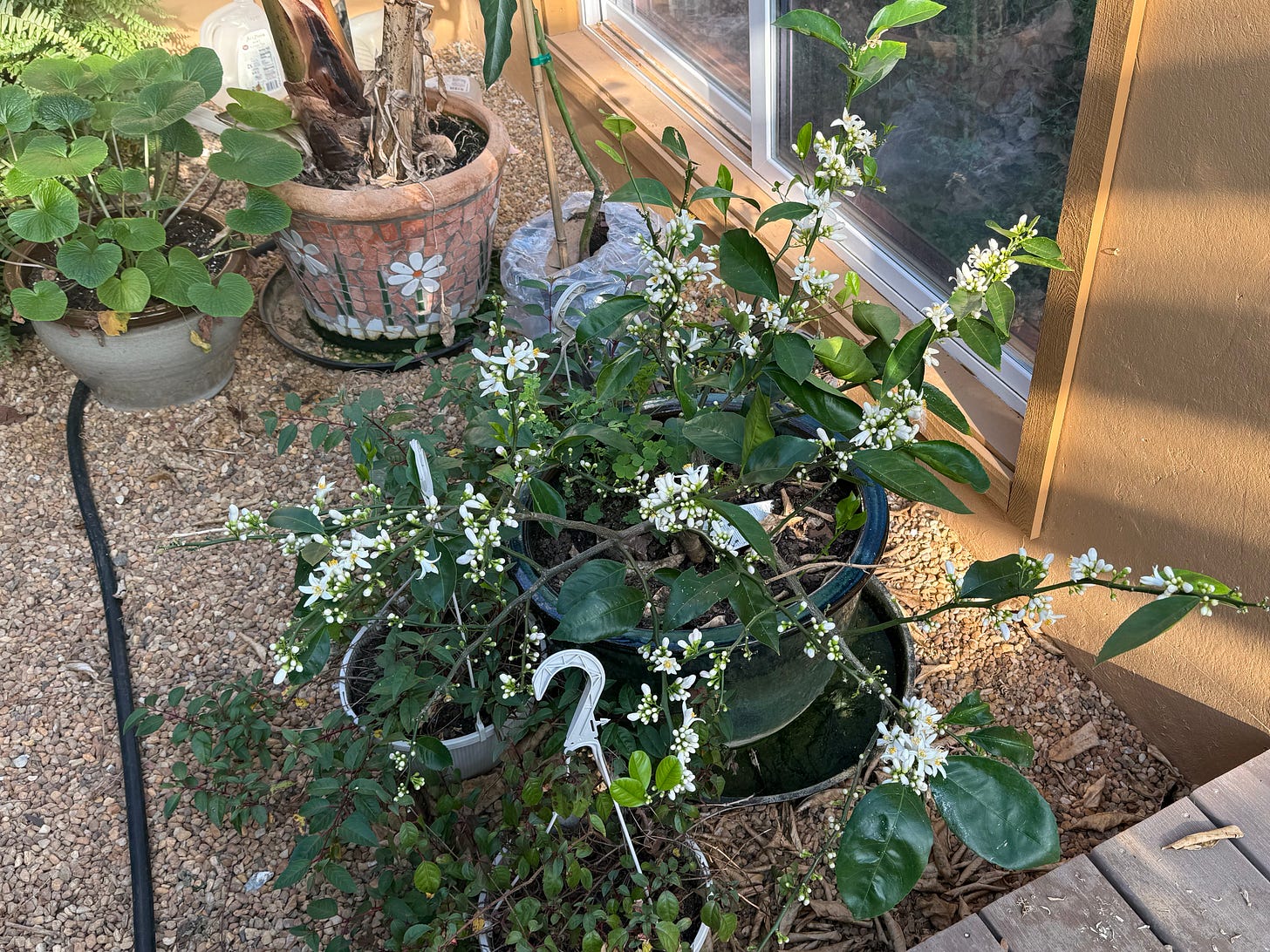
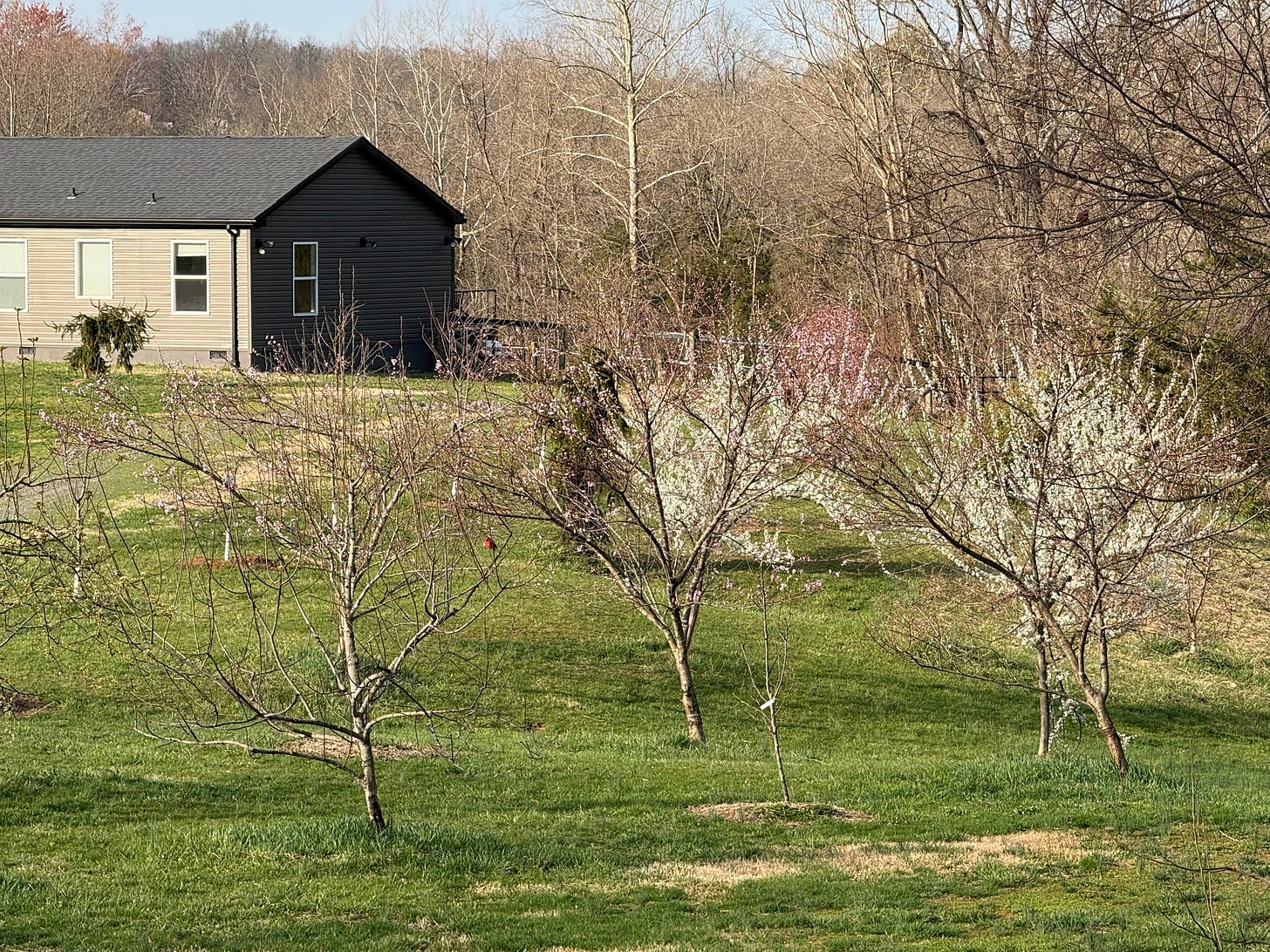
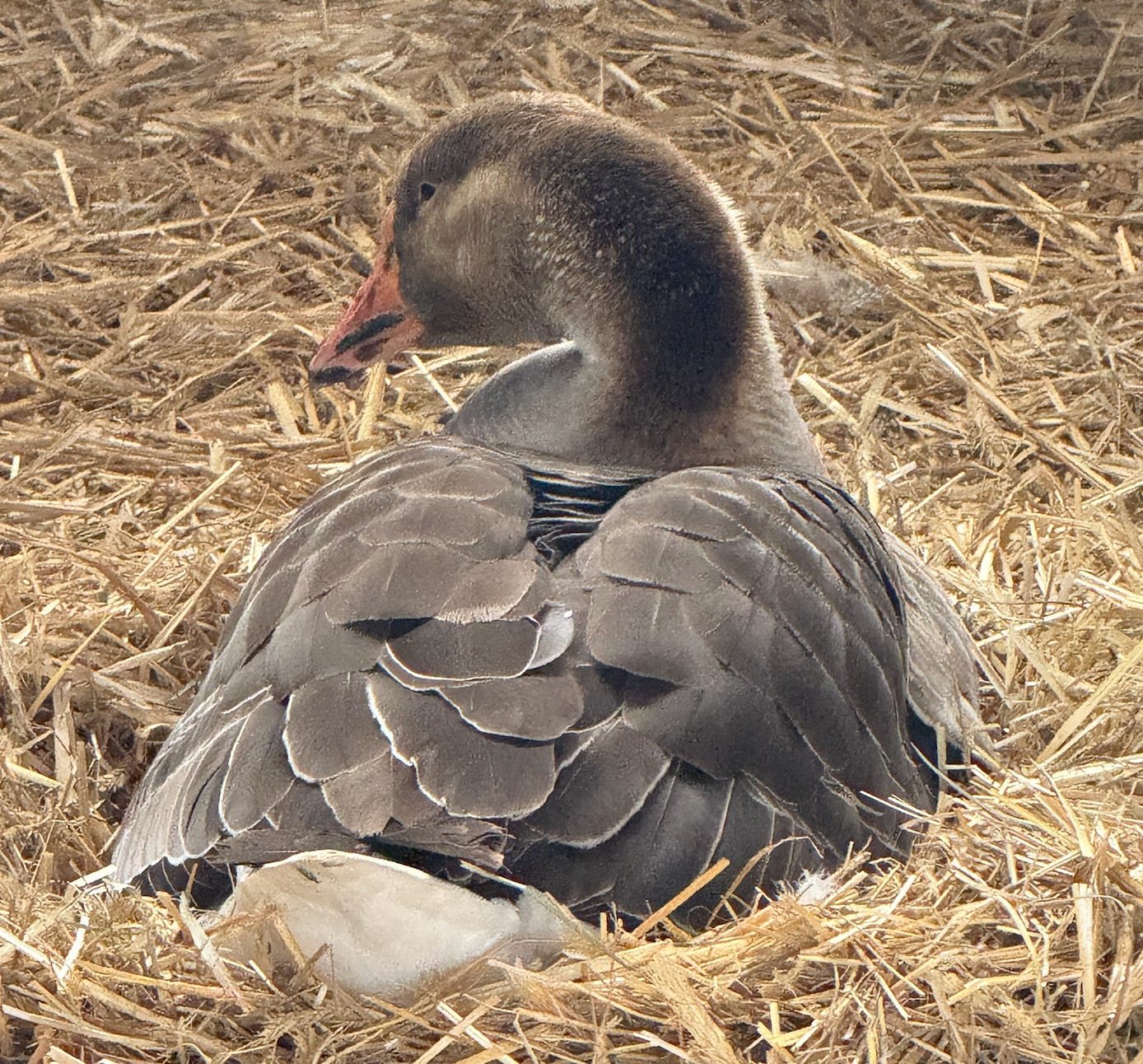
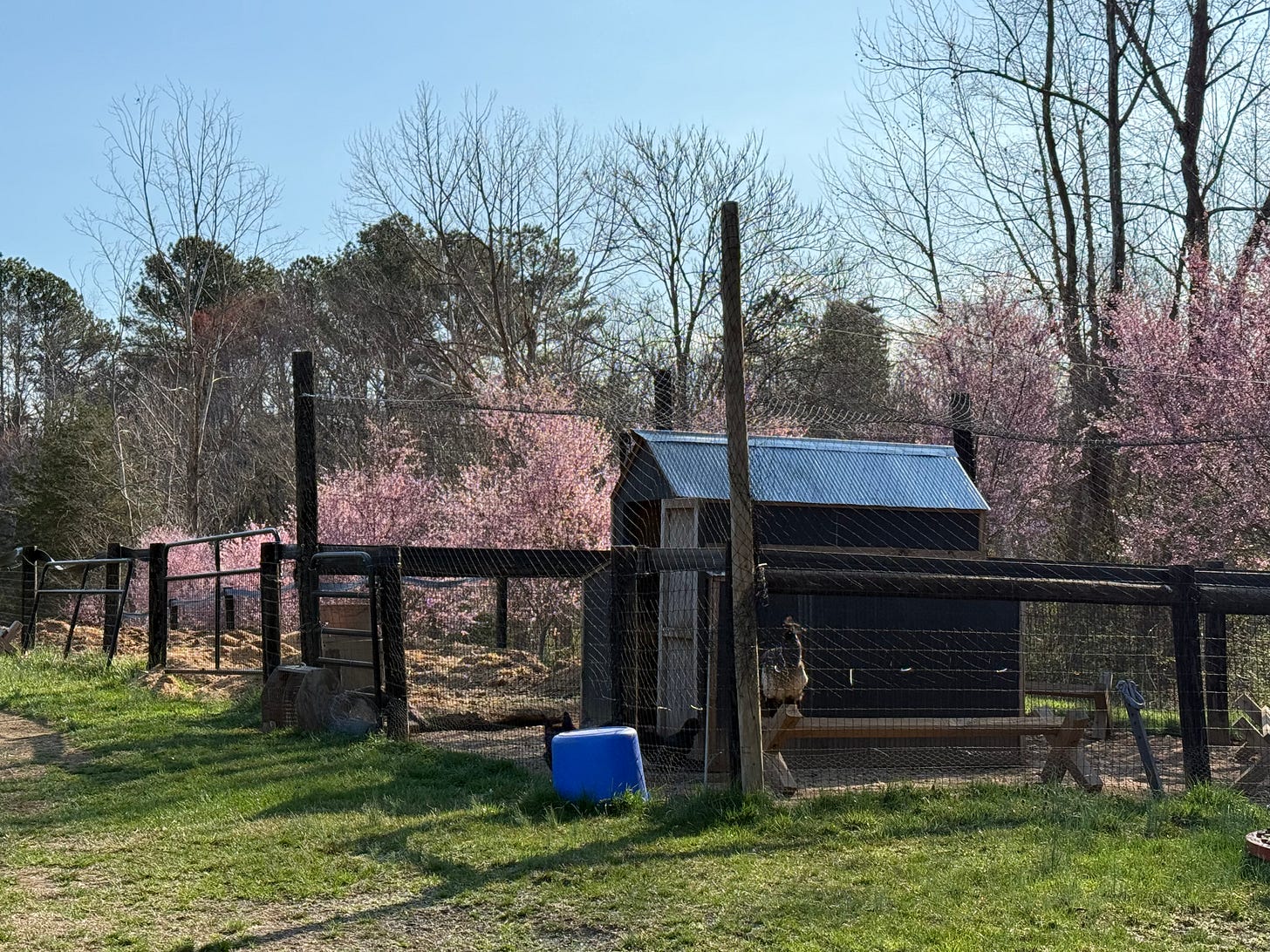
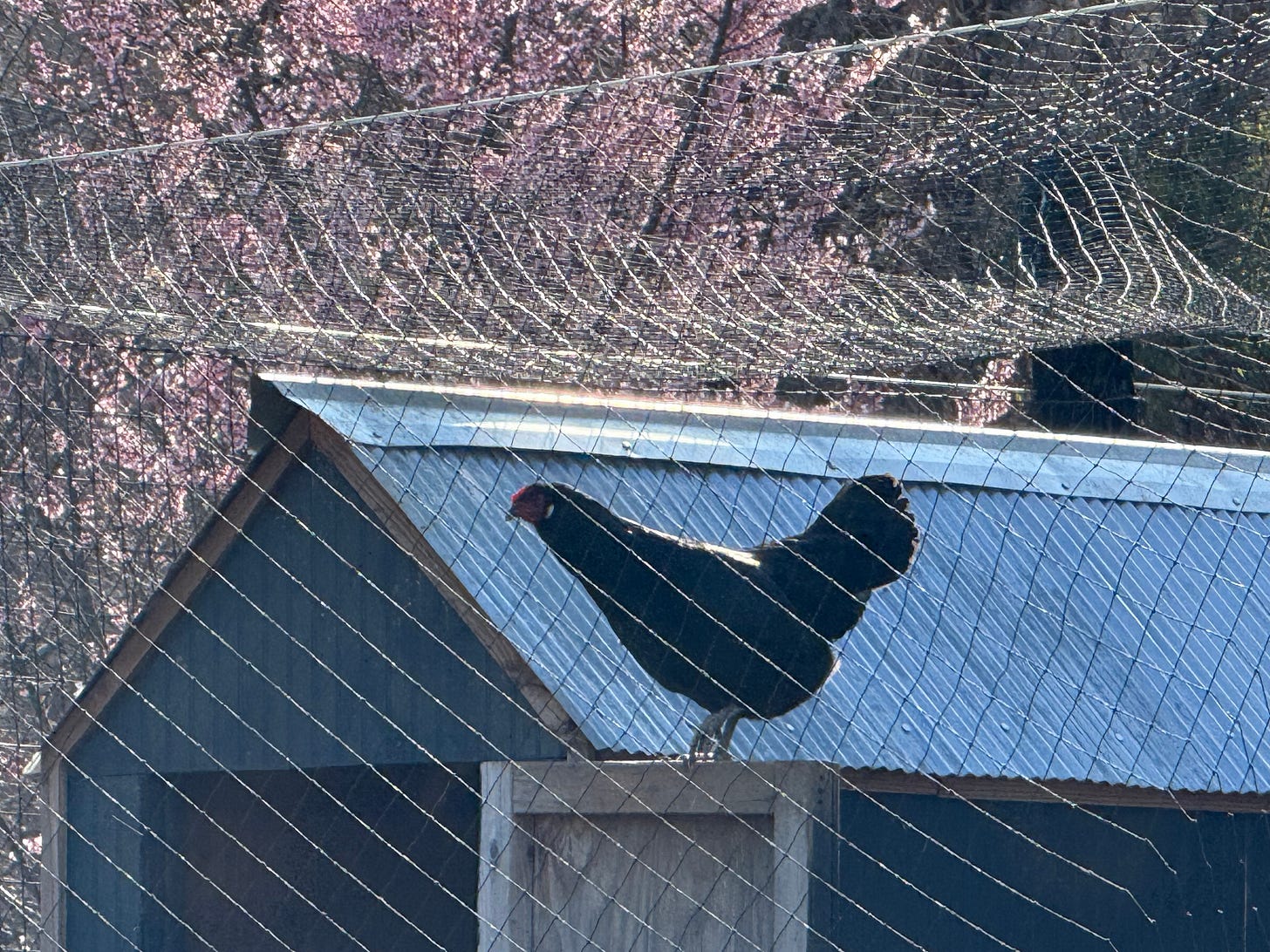
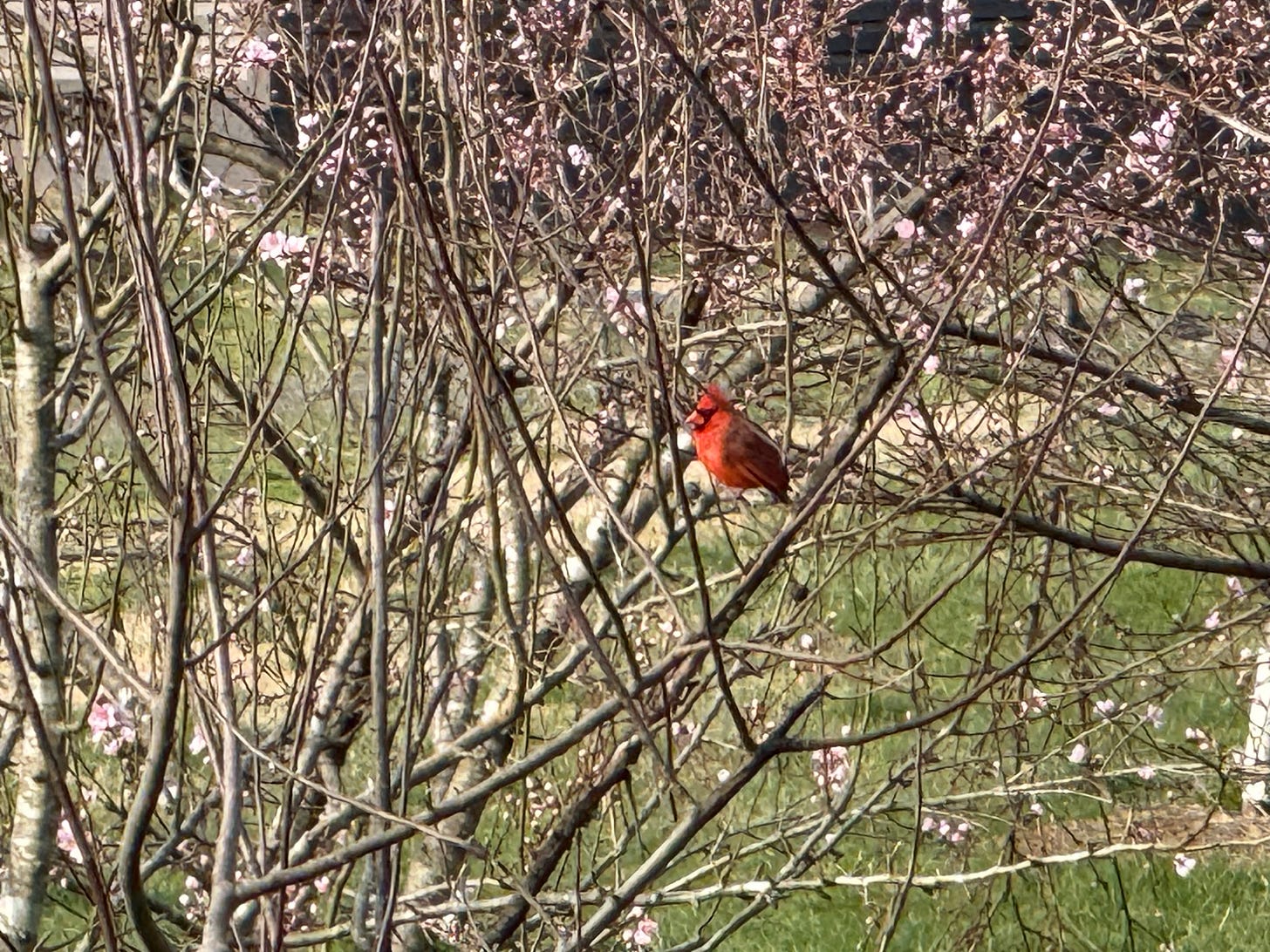
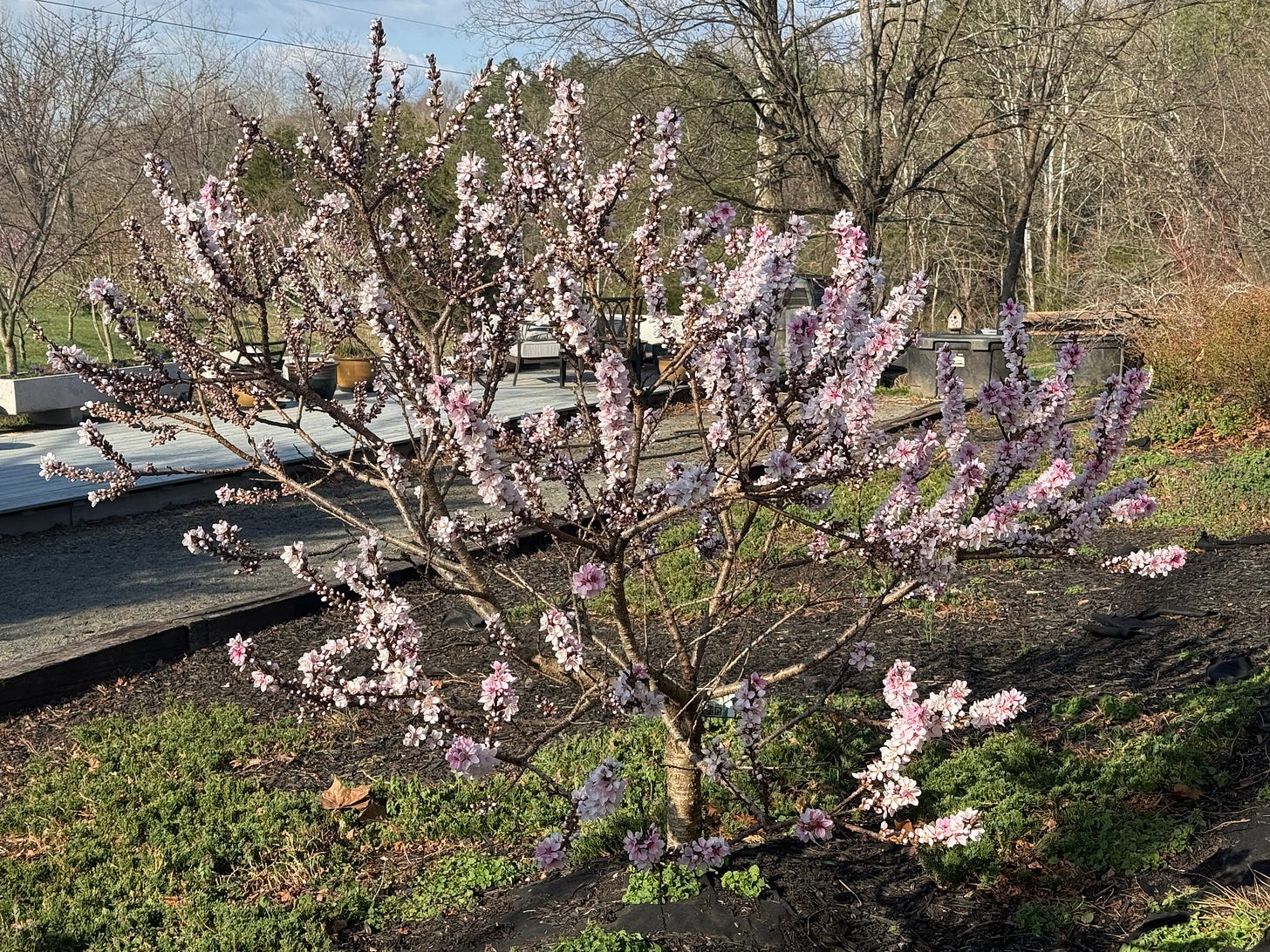





Doc, my father used to kill the caterpillars and other bugs that are pests to your vegetables and make a slurry of them in water then get a spray bottle and spray the tomatoes. It’s acts as an organic deterrence as the bugs don’t go where they “smell” the death of their “kind”. He had bumper crops every year and NEVER used pesticides. Horse manure was always tilled into the garden soil and after years he would up with about 18 inches of deep dark top soil for the whole garden (about an acre squared) he used crop rotation too. We had this garden for a decade until we moved. It was later paved over and became a bus company. Damn shame.
Absolutely beautiful work !! Love the pictures and all the experience you share. And go figure-an Emu on border patrol !!!LOL!!